Speak to one of our experts now about this offer
Call our India experts on0800 294 9707
Available until 5pm
Himalaya Hotels & Resorts
Walking Tour of Old Amritsar
Join a local English-speaking guide as you make your way through the city of Amritsar on foot. You’ll walk through narrow streets and markets and learn about day-to-day life in the city and the Sikh religion. A stop will be made at the Saragarhi Memorial Gurudwara which was built by the British in tribute to 21 Sikh soldiers who faught in the 1897 Battle of Saragarhi. The tour concludes with a visit to northern India’s most famous sights – the Golden Temple.
Wagah Border Excursion, Amritsar
When you arrive at the Wagah-Attari border closing ceremony, otherwise known as the ‘flag lowering ceremony,’ you might think you’ve arrived at a football match rather than the meeting of two ideologically opposing countries. Despite the historical tension, every evening, both countries come together to celebrate the closing of the border. It’s more like a flamboyant performance to the tune of patriotic music and there’s still some harmless rivalry though which makes it good fun.
Since 1959, Indians have gathered on one side of a paved promenade while the Pakistan contingent sit on the other. Both the Indian Border Security Force and Pakistan Rangers dressed in official uniform march down the road past cheering crowds. Synchronised dance movements with slick salutes and high kicks are among the many moves on show. The soldiers even sculpt their moustaches in a bid to intimidate their opponents. This all culminates in the lowering of both countries’ flags at the same time as the sun goes down, ending in handshakes between the Indian and Pakistani military.
All Roads Lead to the Golden Temple
On this tour you will visit the Saragarhi Temple memorial, Jalebiwala Chowk and the gold market, a prelude to the highlight of your tour of Amritsar. Every day an average of 100,000 worshippers enter the gates to Sikkhism’s most sacred site, The Golden Temple. The sight of its structures shimmering in gold leaf and hovering over a body of holy water is quite moving as is a visit to the community kitchens where volunteers feed the streaming devotees.
Start the tour from the British-made town hall before stopping to see the Saragarhi temple memorial where in 1897, 21 Sikhs under British command valiantly fought 10,000 invading Pathans (Afghans). Afterwards, walk the narrow lanes of the holy city passing buildings constructed by Maharaja Ran Jain Singh, founder of the Sikh kingdom of Punjab.
You will also take in the Jalebiwala Chowk (market) where the ill-fated April 1919 protest started resulting in what is known today as the Jallianwala Bagh massacre - the murder of 1500 civilians at the hands of the British Indian army. Today the same street hustles and bustles with activity and has grown a reputation for its delicious yet calorific snacks made of ghee (clarified butter). Hand-pulled rickshaws, locals carrying produce on their heads and people chatting animatedly on street corners make up a thrumming atmosphere. All this below once-grand dilapidating buildings strung with complex wire systems and old peepal trees that run through the architecture so seamlessly you need to do a double take.
Stop at a site traditionally used for mud wrestling and afterwards, Amritsar’s beguiling markets. Each one has its own speciality from literature to glittering wedding bangles to a utensil bazaar selling traditional copper and brass pots and pans on an enormous scale. In the gold market, there’s such an abundance of precious metal that you’ll find people sifting through the drains and literally striking gold.
Consider this the prelude to Amritsar’s greatest treasure, the Golden Temple. Every day an average of 100,000 worshippers enter the gates to Sikkhism’s most sacred site. The sight of its structures shimmering in gold leaf and hovering over a body of holy water is quite moving as is a visit to the community kitchens where volunteers feed the streaming devotees dal, rice and chapatis. After some time here, end at the aforementioned Jallianwala Bagh garden memorial. It’s a sombre, emotional moment but an important one to understand the context of the city as well as an opportunity to see original photographs of Amritsar all those years ago.
Day Trip to Dhami with Lunch
Experience life in a traditional Himalayan village, where you’ll explore and dine with a local. The trip starts with a 45-minute drive from Shimla to Dhami, a village that was once a summer hunting ground for British viceroys, where you’ll meet your host who has expert knowledge of the area’s nature, lifestyle and architecture. This is a fascinating cultural exchange where you’ll get an insight into rural Himalayan life, where people survive on agriculture, working in the fields and orchards.
You’ll meet your host, Kunwar Dushyant Singh, who has expert knowledge of the area’s nature, lifestyle and architecture. Kunwar will lead you on a nature walk in Dhami, where he’s identified around 80 species of birds, from thrushes to goldfinch and pheasants. The flora varies depending on the time of year, spring is particularly beautiful with alpine flowers while in autumn, you can watch the leaves change colour. There are amazing views of the northern mountains when the sky is clear, you can even see the snow-topped peaks of the Himalayas.
Kunwar will point out key landmarks and tell you all about his family history and life in a farming village. After the walk, you’ll return to Kunwar’s house to eat with his family. The food is home-cooked by his wife, who hails from the royal family of Tikamgarh. She makes typical Indian cuisine from the mountains, including lentil and bread dishes, as well as dumplings cooked in a large iron pan with mustard oil, served with yoghurt.
This is a fascinating cultural exchange where you’ll get an insight into rural Himalayan life, where people survive on agriculture, working in the fields and orchards, keeping cows and buffalos. If someone in the village needs to build a house, the whole community will come out to help and if there’s a marriage, everyone celebrates. It’s a close-knit place and the people are very welcoming.
The Scenic Route to the Summer Capital of Shimla
There are two ways to get to Shimla. One is on a road – the quickest option - and the other is along a snaking railway track through the Himalayan mountains aboard the UNESCO toy train. This route was carved by the British Raj who appointed Shimla as its summer capital. The whole journey from top to bottom takes around five and a half hours, but you will be shown the most scenic portion of the route.
Starting in Shimla, at an elevation of around 7,000 feet you will board the 10.30am train towards the small town of Taradevi sitting at approximately 6,000 feet. Curving around the mountain at a leisurely pace of about seven miles per 45 minutes, it gives you ample time to soak up the stunning views from all angles, the breeze carrying the scent of pine through the open windows. You’ll cross picturesque bridges that have stood the test of time and whenever the train passes through a tunnel all the Indian passengers shout with excitement!
Day of the Buddha
Experience Buddhist culture in Dharamshala on this full-day tour, with visits to Tibetan temples, nunneries and the Dalai Lama’s monastery complex. Start with a Kora around the residence of his holiness, this is a Tibetan Buddhist ritual of walking in a clockwise direction around a sacred site. You’ll see prayer flags and old ladies spinning prayer wheels and chanting – the views of the mountains are also spectacular and, if the weather is clear, you can see the Kangra Valley below. You will get to visit the main temple where the Dalai Lama conducts his teachings as well as the Kalachakra temple with its murals of tantric deities.
If you’re lucky, you might even get to watch a debate taking place. From there you will be driven to the Gyuto Tantric Monastery where around 700 monks live, it was founded by Tibetans who fled to India. A highlight is watching the monks in yellow hats chanting in the so-called Tantric Choir.
The Buddhist circuit continues at the famous Norbulingka Institute where you’ll learn about their work preserving Tibetan art and culture. They hold workshops in painting, appliqué and wood carving. Lunch will be at the Humming Bird Café, (guest to pay directly) which serves Tibetan cuisine like momos, mutton dishes and vegetable noodle soup. The tour ends with a trip to the Dolma Ling Nunnery, which is the first institute for the higher education of Tibetan Buddhist nuns.
Walking Around Garli Village
Take a scenic walk to Garli, which was a thriving village in the sub-Himalayan region until India’s independence. The streets here are cobbled and filled with history, you can still see its grand havelis and Italianate buildings, as well as traditional Kangra and Rajput houses with mud-plastered walls and slate roofs. For those who love heritage and architecture, it’s a real treat.
Most of the buildings have been well looked-after, so you can still enjoy the detailed tiling, towers and stained-glass windows. Led by a guide from Judge’s Court, the walk to Garli takes you through the area’s hills and countryside, surrounded by the backdrop of the Dhauladhar Mountains. Along the way, you’ll learn all about life in the sub-Himalayas and the history of the area, from how Pragpur’s medieval water systems work to stories of local residents and the fortress that was used to defend the area. The trail leads all the way to a wonderful hilltop viewpoint.
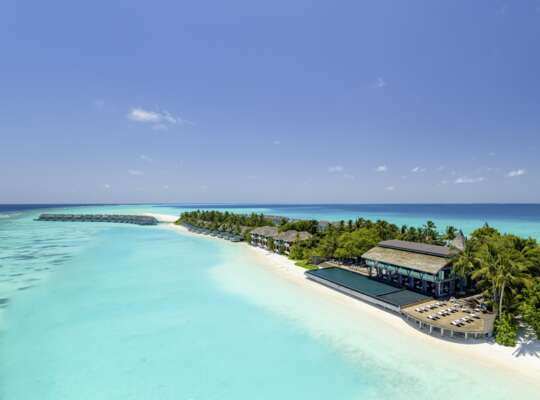
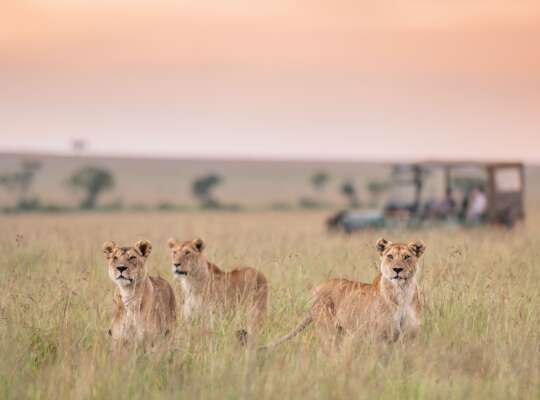
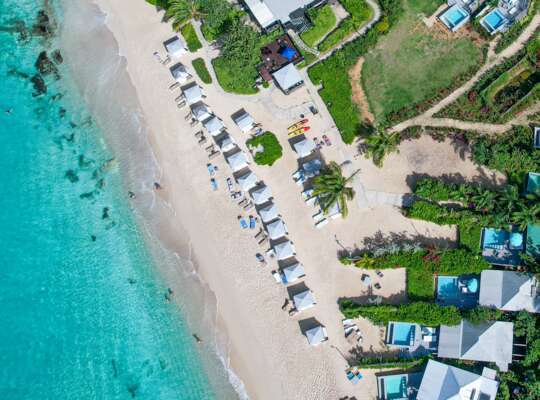

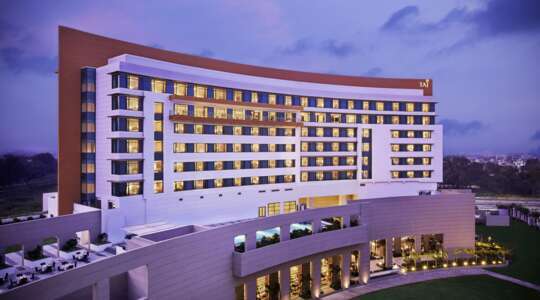
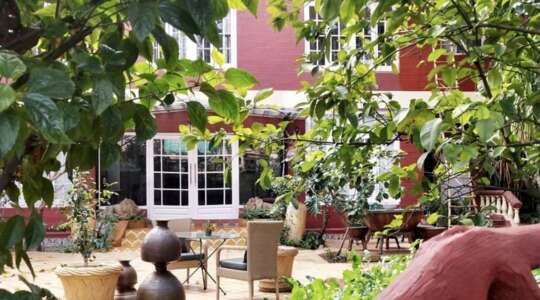
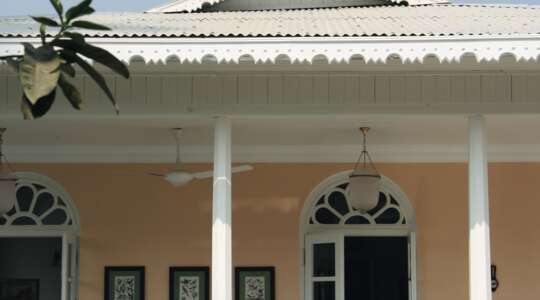
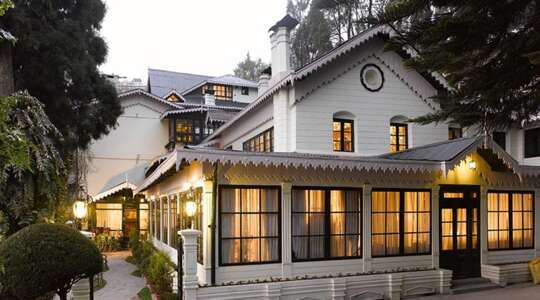
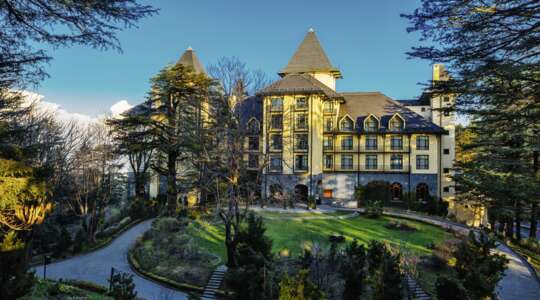
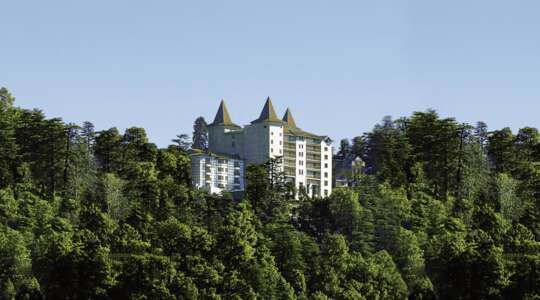
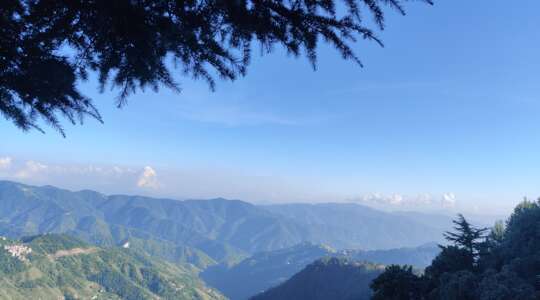
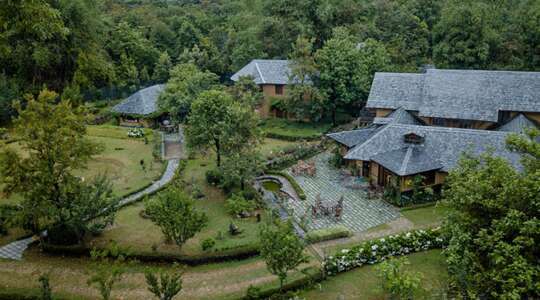
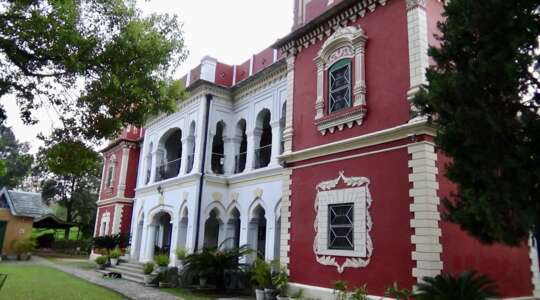

_w=24_h=25.png?v=a392d311dd743e3625a1f57ba6fc3b967468f36c)
_w=24_h=25.png?v=a392d311dd743e3625a1f57ba6fc3b967468f36c)
_w=24_h=25.png?v=a392d311dd743e3625a1f57ba6fc3b967468f36c)